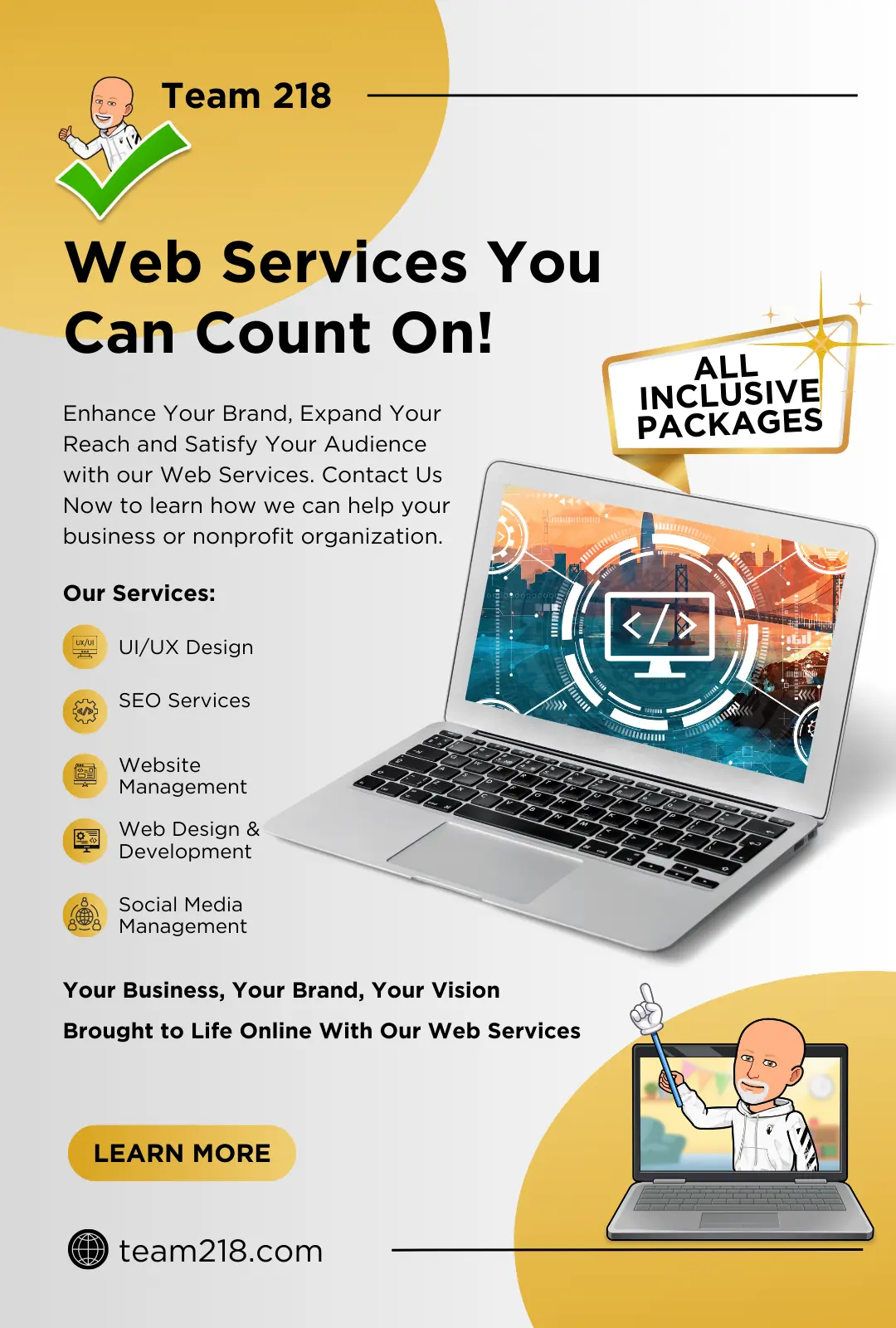The Comprehensive Guide to Crafting Visually Appealing and Useful Website Design That Meets Customer Demands
In today's electronic landscape, the importance of crafting web designs that are both visually enticing and practical can not be overstated. By prioritizing user-centered design principles, designers can develop experiences that not only attract yet likewise keep user passion. Secret visual components such as alignment, comparison, and balance play a crucial role in this procedure, while the necessity of receptive design makes sure ease of access throughout various tools. The journey does not end with first style; recurring testing and version are essential for improvement. What strategies can one employ to effectively balance these parts?
Understanding User-Centered Style
At the heart of efficient website design lies the principle of user-centered style, a philosophy that prioritizes the needs, preferences, and habits of customers throughout the growth procedure. This strategy includes thorough research to understand the target market, making certain that the final item resonates with its desired users. By including customer feedback at every stage, designers can create interfaces that are not only aesthetically enticing but instinctive and additionally useful.
User-centered layout stresses compassion, calling for developers to step into the individuals' shoes and consider their perspectives. Techniques such as user personas, journey mapping, and use screening are utilized to identify pain factors and possibilities for improvement. This iterative process permits for consistent refinement, as designers adapt to evolving user needs and technological developments.
Incorporating user-centered design brings about boosted individual fulfillment and interaction, eventually resulting in greater conversion rates and brand name loyalty. It cultivates a collaborative environment where stakeholders, consisting of developers, programmers, and users, interact to accomplish a shared vision. By putting users at the center of the design procedure, companies can create web sites that not only satisfy company purposes but additionally offer purposeful and gratifying experiences for customers.
Key Concepts of Visual Design
Efficient aesthetic design acts as the foundation for creating easy to use and appealing internet sites. It encompasses a number of crucial principles that lead designers in crafting visually pleasing and useful user interfaces.
First, balance plays a crucial role in attaining visual harmony. Developers need to distribute elements uniformly throughout the format to stay clear of overwhelming users. This can be achieved via symmetrical or asymmetrical design techniques.

Additionally, positioning is important for arranging information. Constant placement of text and pictures cultivates a clean layout, enhancing overall navigation and customer experience.
 Proximity likewise adds to aesthetic clarity. Grouping associated items with each other help users in comprehending the partnership between different aspects, making the interface a lot more instinctive.
Proximity likewise adds to aesthetic clarity. Grouping associated items with each other help users in comprehending the partnership between different aspects, making the interface a lot more instinctive.Last but not least, uniformity in design elements, such as designs, colors, and font styles, enhances brand name identification and aids individuals browse the website more effortlessly. By including these vital principles of aesthetic design, internet designers can produce user interfaces that are not just aesthetically enticing however user-centered and additionally functional.

Value of Responsive Style
Receptive style is a vital facet of modern-day web advancement, making sure that internet sites operate seamlessly throughout a range of gadgets and screen sizes. As the internet landscape evolves, the variety of devicesâEUR" varying from smart devices to tablet computers and desktop computersâEUR" requires a layout technique that fits all individuals.
Applying receptive layout permits for an adaptable design that instantly adjusts based upon the individual's display measurements. This adaptability not just enhances accessibility but likewise enhances usability, as individuals can browse and communicate with the website effortlessly, no matter their tool.
In addition, internet search engine like Google focus on mobile-friendly internet sites in their ranking algorithms. A receptive design can significantly boost a website's SEO performance, inevitably driving more traffic and enhancing visibility.
Additionally, receptive layout decreases the demand for keeping numerous versions of a web site, streamlining updates and material management. This effectiveness translates right into expense financial savings and a more natural brand name experience throughout platforms.
Enhancing Customer Experience
Individual experience (UX) is a crucial part of web design, affecting exactly how site visitors communicate with a web site and view its worth. A well-crafted UX guarantees that users can navigate with ease, locate details conveniently, and achieve their goals effectively. The look at this web-site layout must think about the user's journey, from the moment they land on the site to the conclusion of their preferred activity, whether that be buying, registering for a newsletter, or accessing info.
Trick aspects that enhance UX consist of clear navigation, responsive designs, and interesting aesthetic material. Consistency in layout components such as fonts, colors, and switches fosters familiarity, making the site really feel cohesive. In addition, optimizing load times is important; users are much less most likely to remain on a website that is slow-moving to react.
Integrating ease of access functions makes sure that all users, including those with disabilities, can communicate with the site effortlessly. In addition, user-centric design principles ought to lead material his comment is here company, offering relevant details in a logical framework. By focusing on customer demands and preferences, internet developers can produce experiences that are not just aesthetically enticing but also practical, ultimately promoting user satisfaction and loyalty
Evaluating and Repeating Styles
Testing and iterating designs are basic processes that follow the initial development of a website, making certain that the individual experience stays at the leading edge of any kind of changes. These stages involve collecting user feedback, examining design efficiency, and making informed alterations to improve use and interaction.
Functionality testing allows designers to observe actual users as they engage with the internet site, identifying discomfort factors and locations for improvement (web design). Customer studies can supply qualitative insights, catching user beliefs and preferences.
When testing is completed, the iteration phase starts. This involves refining the design based on the collected data, focusing on adjustments that align with user requirements and company objectives. Continuous iteration cultivates an adaptive design strategy, where the site progresses in reaction to individual behavior and feedback. By committing to rigorous screening and iteration, designers can produce a web site that not only meets visual standards however likewise supplies a seamless and pleasurable individual experience.
Verdict
In final thought, efficient website design necessitates the integration of user-centered concepts, crucial visual style components, and responsive structures to develop interesting interfaces. By prioritizing individual demands and executing continual screening and model, developers can improve their creations to boost general complete satisfaction. The commitment to these methods not just cultivates a visually attractive visual however also guarantees functionality throughout diverse gadgets, eventually adding to a positive user experience and boosted interaction.
By focusing on user-centered design concepts, designers can produce experiences that not only bring in however likewise retain individual passion.At the heart of efficient web layout exists the principle of user-centered layout, a viewpoint that focuses on the needs, preferences, and behaviors of customers throughout the advancement procedure. By putting customers at the forefront of the layout process, organizations can create internet sites that not just fulfill More Info company purposes however also supply rewarding and meaningful experiences for customers.
By prioritizing customer demands and choices, web developers can develop experiences that are not only aesthetically attractive however likewise practical, eventually cultivating individual satisfaction and commitment.
Individual studies can offer qualitative insights, recording customer beliefs and preferences. (web design)
Comments on “Transforming Your Online Presence with Cutting-Edge Web Design Solutions”